What's next for this special place (and FMR restoration site) on our great river? You can help decide. >>
Read moreStay current
Get river news, FMR updates and event calendars twice a month.
update
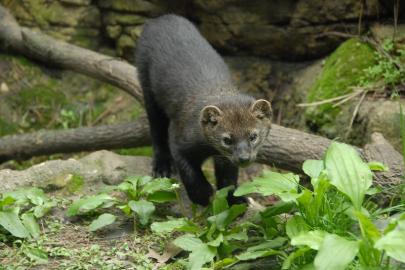
update
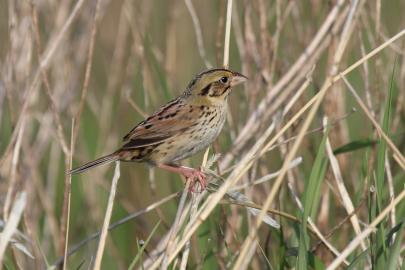
update
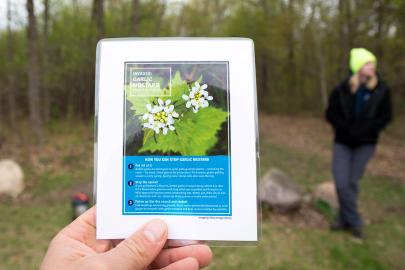
update
We've trained a wildlife camera's eye on our turtle nest protection area in the Spring Lake Islands Wildlife Management Area near Rosemount. The camera's shots will help us find out if the nest enclosure is working to protect hatchlings. But as we dig through our footage, we're turning up some fun shots of more than just turtles. >>
Read more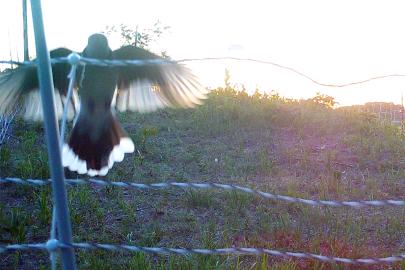
article
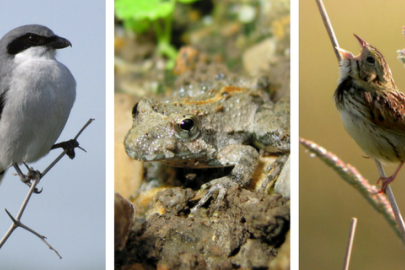
update
A lone male rusty patched bumblebee found in August at an FMR-restored savanna represents 0.2 percent of the known population worldwide. Necessary not only for native wildflower reproduction, but also for creating seeds and fruits that feed wildlife as diverse as songbirds and bears, our state bee could use your help. >>
Read more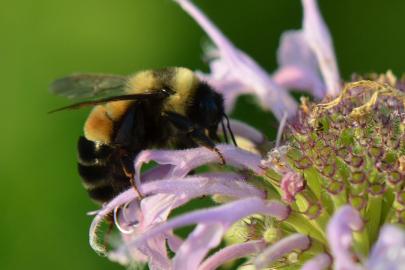
update
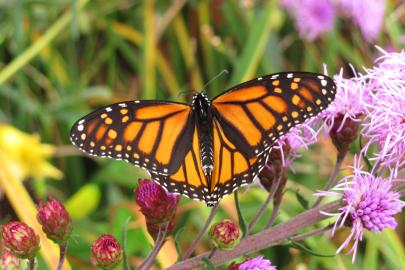
Get river news, FMR updates and event calendars twice a month.
Receive FMR's biweekly email newsletter, Mississippi Messages Sign up